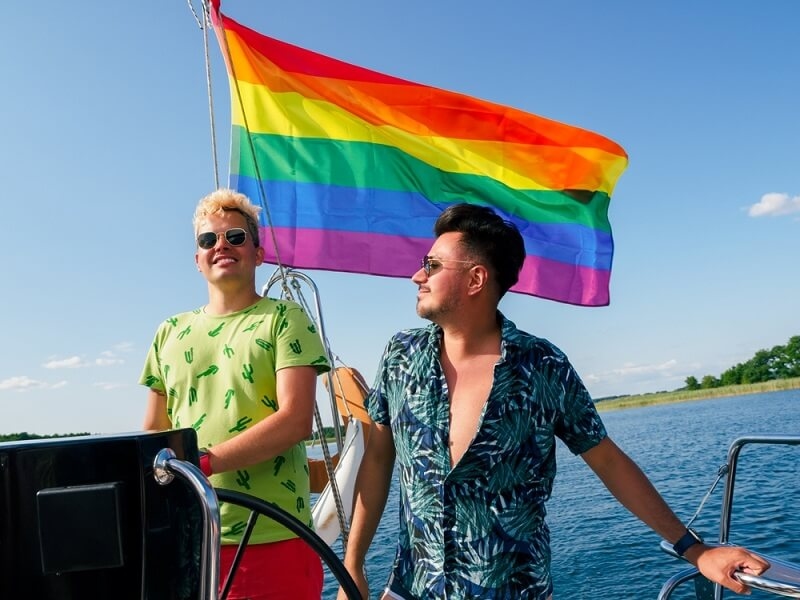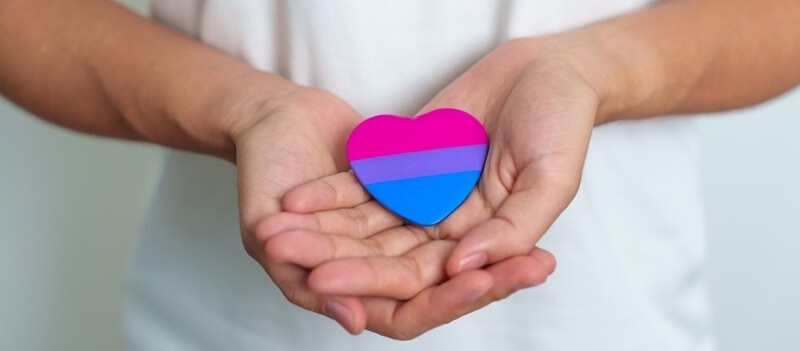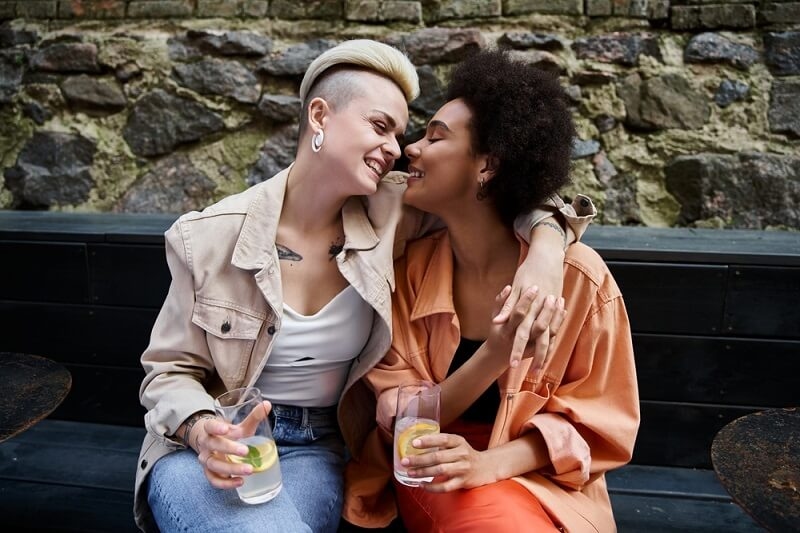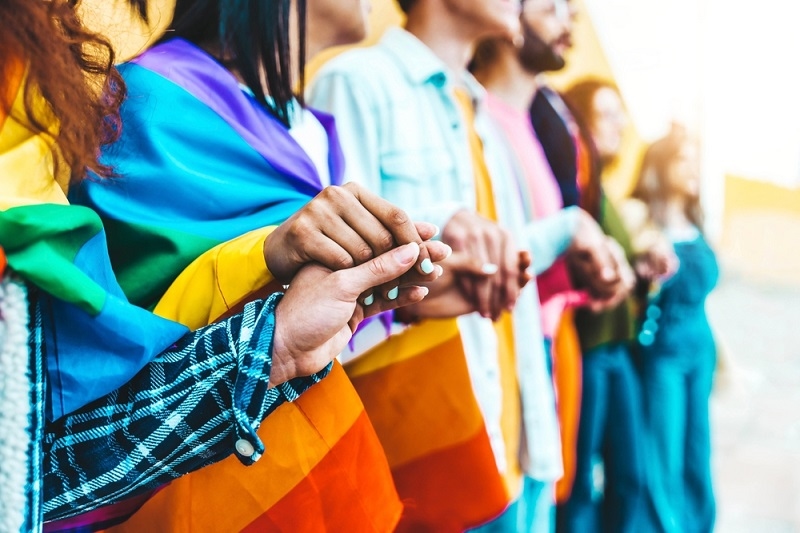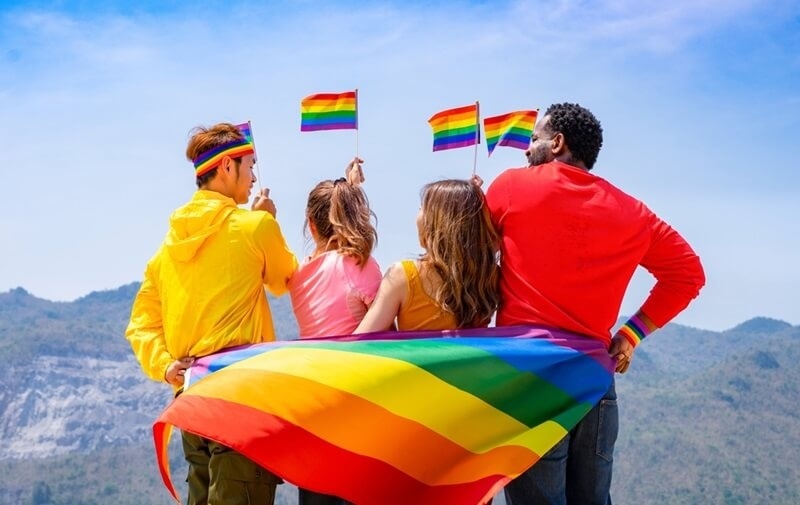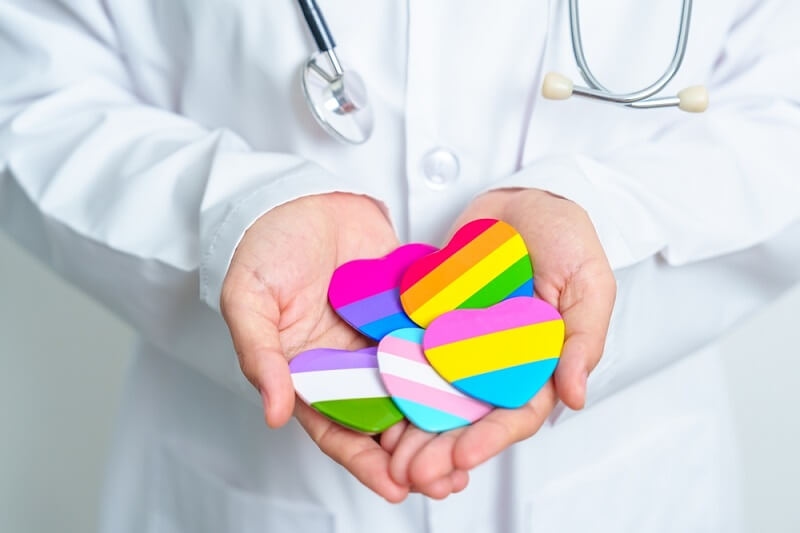Inclusive and Safe School Environments for LGBTQ+ Youth

The well-being and academic success of LGBTQ+ students depend significantly on the school environment. A supportive and inclusive atmosphere can enhance their educational experiences and outcomes, while a hostile environment can exacerbate stress, fear, and mental health challenges.
This article discusses the importance of creating safe and supportive school environments for LGBTQ+ youth, outlines the challenges they face, and provides strategies for improving school climates through inclusive policies and practices.
Significance of a Supportive School Environment for LGBTQ+ Youth
LGBTQ in schools refers to the critical need for environments that respect and affirm the identities of LGBTQ+ students. Safe and supportive schools not only protect students from harm but also promote their overall well-being and academic achievement. When LGBTQ+ students feel accepted, they are more likely to engage in school activities, perform better academically, and develop healthier relationships with peers and educators.
Difficulties Encountered by LGBTQ+ Students
LGBTQ+ students often face unique challenges that can negatively impact their educational experiences and personal well-being.
Heightened Stress and Anxiety in School
Many LGBTQ+ students experience heightened levels of stress and anxiety compared to their non-LGBTQ+ peers. This increased stress is often due to the fear of discrimination, bullying, and being misunderstood or mistreated by both peers and adults in the school environment.
Verbal and Physical Harassment
Verbal and physical harassment remains a significant issue for LGBTQ+ students. They are frequently subjected to name-calling, derogatory comments, and physical aggression due to their sexual orientation or gender identity. This harassment can create a hostile school environment, making it difficult for students to focus on their studies and participate in school life.
Increased Risk of Mental Health Issues
The constant stress and harassment faced by LGBTQ+ students can lead to severe mental health issues, including depression, anxiety, and lower self-esteem. These mental health challenges can hinder their academic performance and overall quality of life.
Impact on School Attendance and Educational Aspirations
The hostile environment many LGBTQ+ students face can lead to higher rates of absenteeism and lower educational aspirations. Fear of harassment and discrimination can cause students to skip school or drop out entirely, limiting their future opportunities and success.
Enhancing School Climate
Improving the school climate is essential for supporting LGBTQ+ students and ensuring they feel safe and valued.
Significance of Inclusive Policies
Implementing inclusive policies is crucial for fostering a supportive school environment. Policies that explicitly protect students from discrimination based on sexual orientation and gender identity can significantly reduce instances of bullying and harassment.
Developing and Enforcing Anti-Bullying and Non-Discrimination Policies
Schools must develop and enforce comprehensive anti-bullying and non-discrimination policies that address the unique challenges faced by LGBTQ+ students. These policies should be communicated clearly to all students, staff, and parents to ensure a collective effort in maintaining a safe environment.
Evaluating School Climate with Tools like the GLSEN School Climate Survey
Regular assessment of the school climate is essential for identifying areas that need improvement. Tools like the GLSEN School Climate Survey can provide valuable insights into the experiences of LGBTQ+ students and guide schools in implementing effective strategies for creating a more inclusive environment.
Supportive Practices in Schools

Adopting supportive practices can make a significant difference in the lives of LGBTQ+ students.
Establishing Safe Spaces in Schools
Creating designated safe spaces within schools, such as counselors' offices or specific classrooms, can provide LGBTQ+ students with a refuge where they feel accepted and supported. These spaces are vital for their mental and emotional well-being.
Offering Professional Development for Educators and Staff
Providing ongoing professional development for teachers and school staff on LGBTQ+ issues is essential. Training can enhance their cultural competence, enabling them to create more inclusive and supportive classroom environments. Educators who understand the challenges faced by LGBTQ+ students can better support their academic and personal growth.
Integrating LGBTQ+ Role Models and Resources in Curriculum
Including LGBTQ+ role models and resources in the curriculum can foster a sense of belonging and acceptance for LGBTQ+ students. Educators should incorporate discussions about LGBTQ+ history, identity, and experiences into their lessons to promote understanding and respect among all students.
The Vital Role of Supportive Adults in LGBTQ+ Youth Education
Educators, Counselors, and Staff as Champions for LGBTQ+ Students
Supportive adults in educational settings, including teachers, counselors, and other school staff, play a crucial role in fostering a safe and affirming environment for LGBTQ+ students. By acting as allies, these adults can significantly influence the overall school climate and the individual experiences of LGBTQ+ youth.
When educators and staff openly support LGBTQ+ students, it creates a culture of acceptance and respect, making students feel valued and understood. They can also offer resources and guidance on communication strategies for gay couples, further supporting students' relationships and well-being.
Creating Safe Havens and Resources for LGBTQ+ Students
One of the most impactful ways adults can support LGBTQ+ students is by establishing safe spaces within the school. These can be specific rooms or offices where students feel safe to express themselves and seek support.
Additionally, providing resources such as counseling services and educational materials tailored to LGBTQ+ issues helps students navigate their identities and challenges in a supportive environment. Safe spaces and resources ensure that LGBTQ+ students have a refuge from potential discrimination or harassment.
Linking Students to Affirming Community Resources
Connecting LGBTQ+ students with affirming resources outside of school is another essential aspect of support. Schools can collaborate with local organizations that specialize in LGBTQ+ youth services, ensuring that students have access to comprehensive support networks.
These connections can provide vital mental health services, social support, and educational resources that are affirming and culturally competent, helping students feel connected to a broader community that supports their identity.
Forming Student Organizations and Clubs
Advantages of Gay-Straight Alliances (GSAs)
Student organizations, such as Gay-Straight Alliances (GSAs), play a significant role in creating inclusive school environments. GSAs provide a platform for LGBTQ+ students and their allies to come together, fostering a sense of community and belonging. These clubs can address issues of harassment and bullying, advocate for LGBTQ+ rights, and promote a culture of acceptance within the school.
The presence of GSAs has been linked to numerous positive outcomes, including improved student safety and well-being. Additionally, GSAs can also provide education on topics such as safe gay sex, promoting health and safety for LGBTQ+ students.
Encouraging Diversity, Acceptance, and Respect
Student organizations like GSAs promote diversity, acceptance, and respect within the school community. They encourage dialogue about LGBTQ+ issues, challenge stereotypes, and educate peers about the importance of inclusivity. By normalizing conversations about sexual orientation and gender identity, GSAs help create a more supportive and respectful school environment for all students.
Boosting Students Self-Esteem and Coping Mechanisms
Participation in GSAs and similar organizations can significantly enhance the self-esteem and coping skills of LGBTQ+ students. These clubs provide a supportive network where students can share their experiences and learn from others facing similar challenges. This sense of community and support helps students develop resilience and effective coping strategies for dealing with bias and discrimination.
Support from External Resources and Organizations
Invaluable Support from GLSEN and the GSA Network
External organizations like the Gay, Lesbian, and Straight Education Network (GLSEN) and the GSA Network offer crucial support to schools and students. These organizations provide resources, training, and advocacy to help schools create safer and more inclusive environments for LGBTQ+ youth. By partnering with these organizations, schools can access a wealth of knowledge and support that enhances their efforts to support LGBTQ+ students.
Offering Affirmative Information to Parents and Families
Providing parents and families with affirming information about LGBTQ+ issues is vital for creating a supportive home environment. Schools can act as resources by offering educational materials and workshops that help families understand and support their LGBTQ+ children. This support can significantly impact the well-being and acceptance of LGBTQ+ students, both at school and at home.
Connecting with Health Services in the Community
Ensuring that LGBTQ+ students have access to affirming health services is another critical support function. Schools can connect students with community-based health providers who are experienced in addressing the unique needs of LGBTQ+ youth. These connections ensure that students receive appropriate and sensitive care, which is crucial for their physical and mental health.
You may also like: Surviving a Lesbian Breakup: Steps to Heal and Thrive
Conclusion
Supportive environments are essential for the well-being and success of LGBTQ+ students. By fostering inclusivity and safety through the efforts of supportive adults, school policies, student organizations, and community partnerships, schools can make a significant positive impact on the lives of LGBTQ+ youth.
It is imperative for schools and communities to take proactive steps in creating inclusive and safe environments for LGBTQ+ students. This involves continuous efforts to implement supportive policies, provide necessary resources, and build a culture of acceptance and respect. By working together, educators, parents, and community members can ensure that every student feels valued and empowered to succeed.
This content was created by AI







